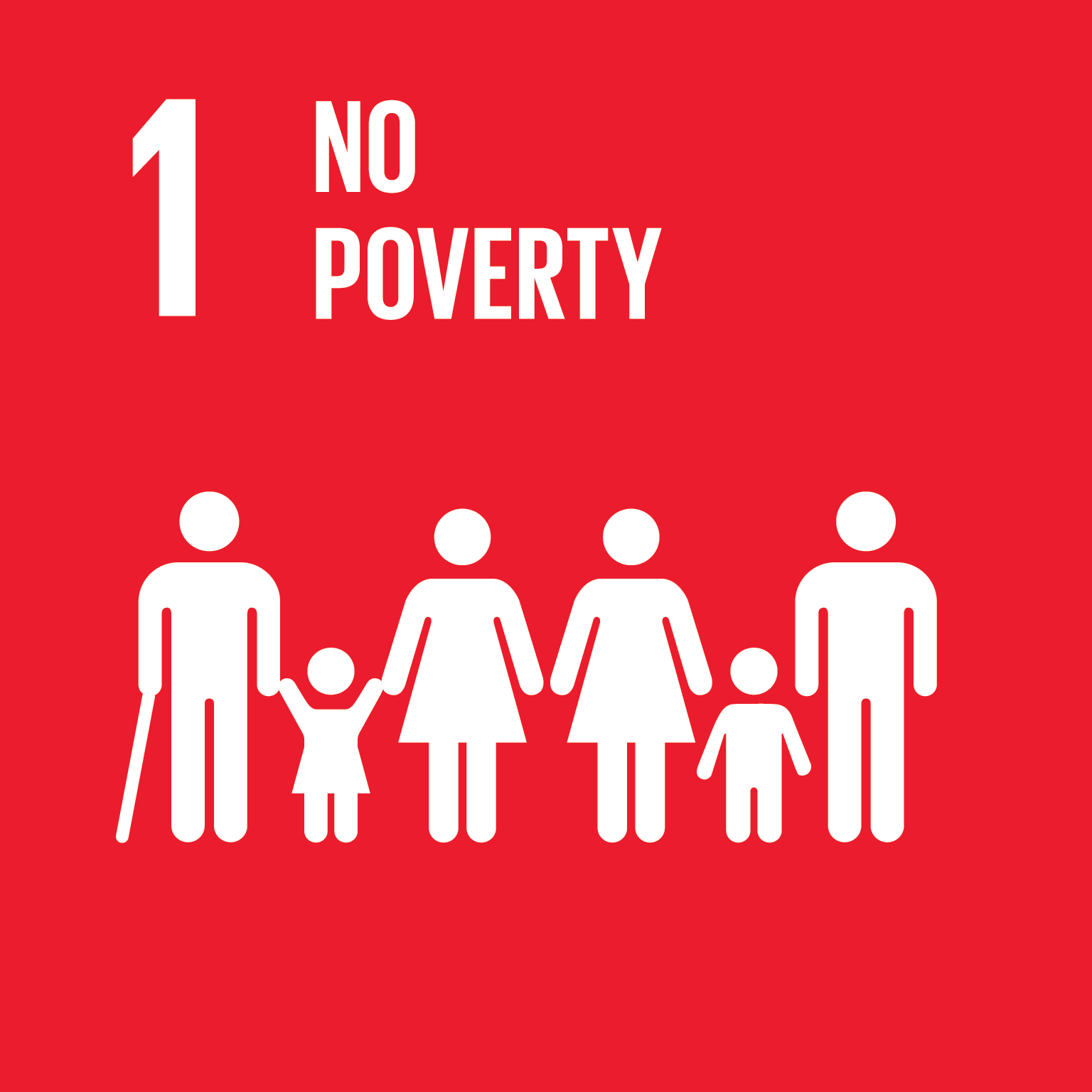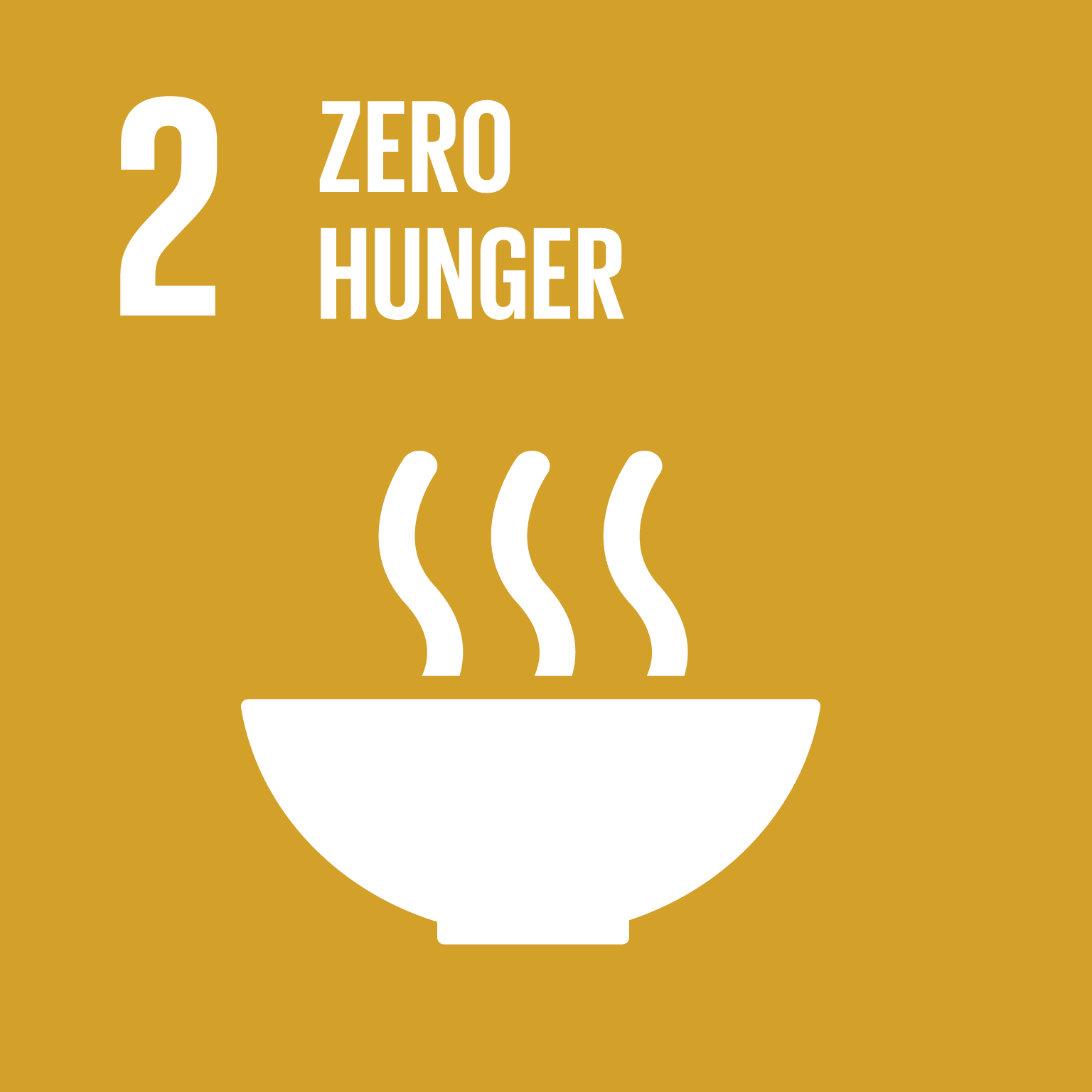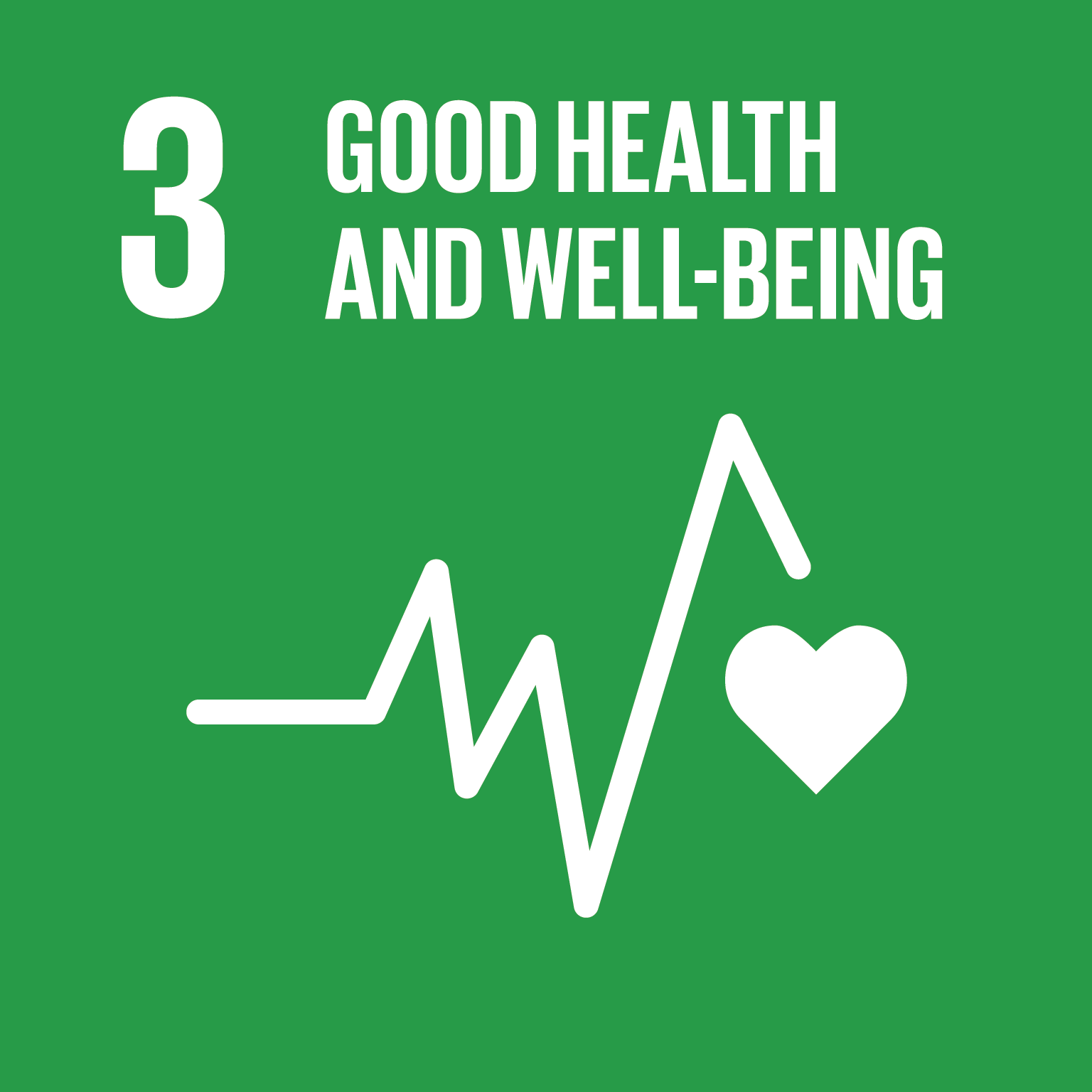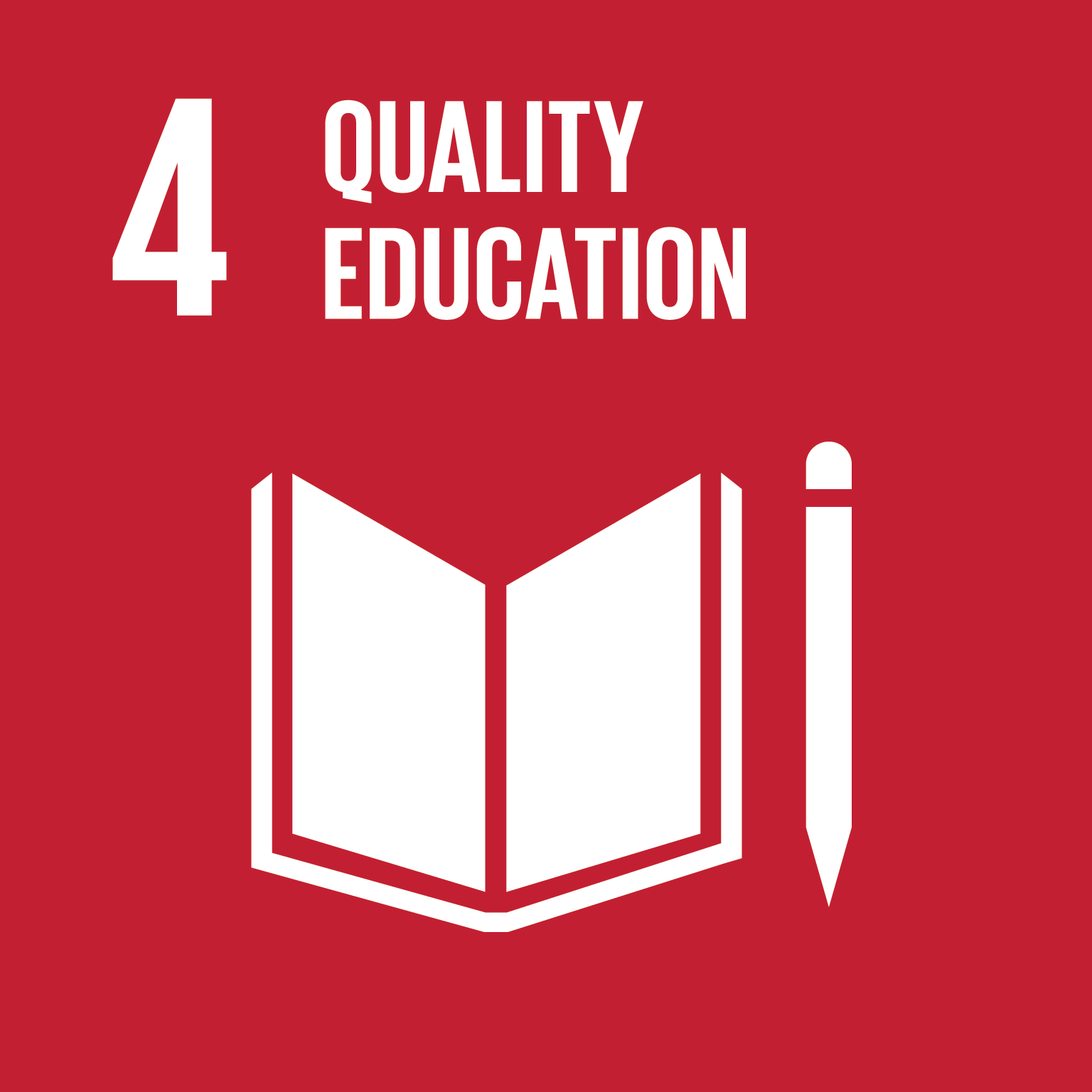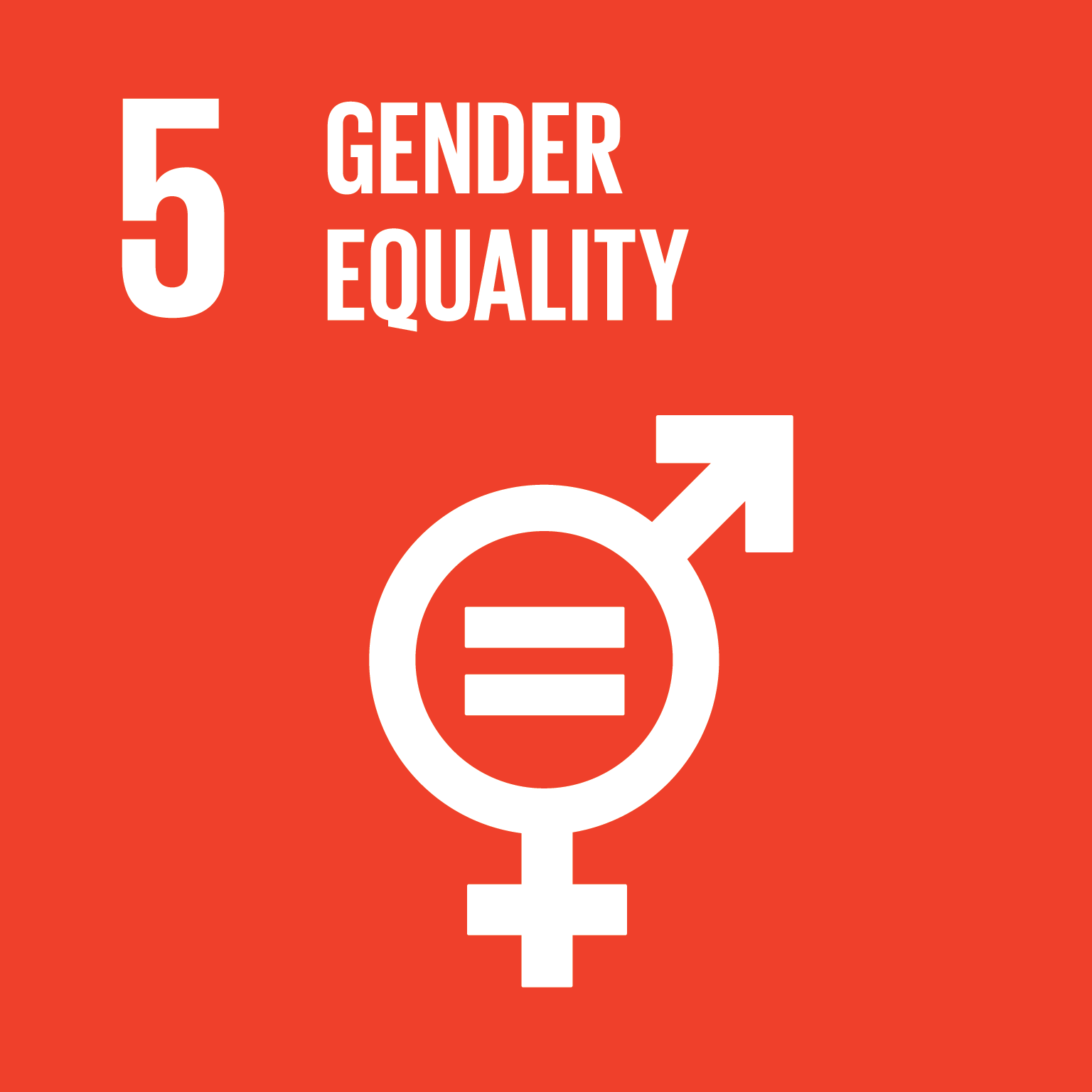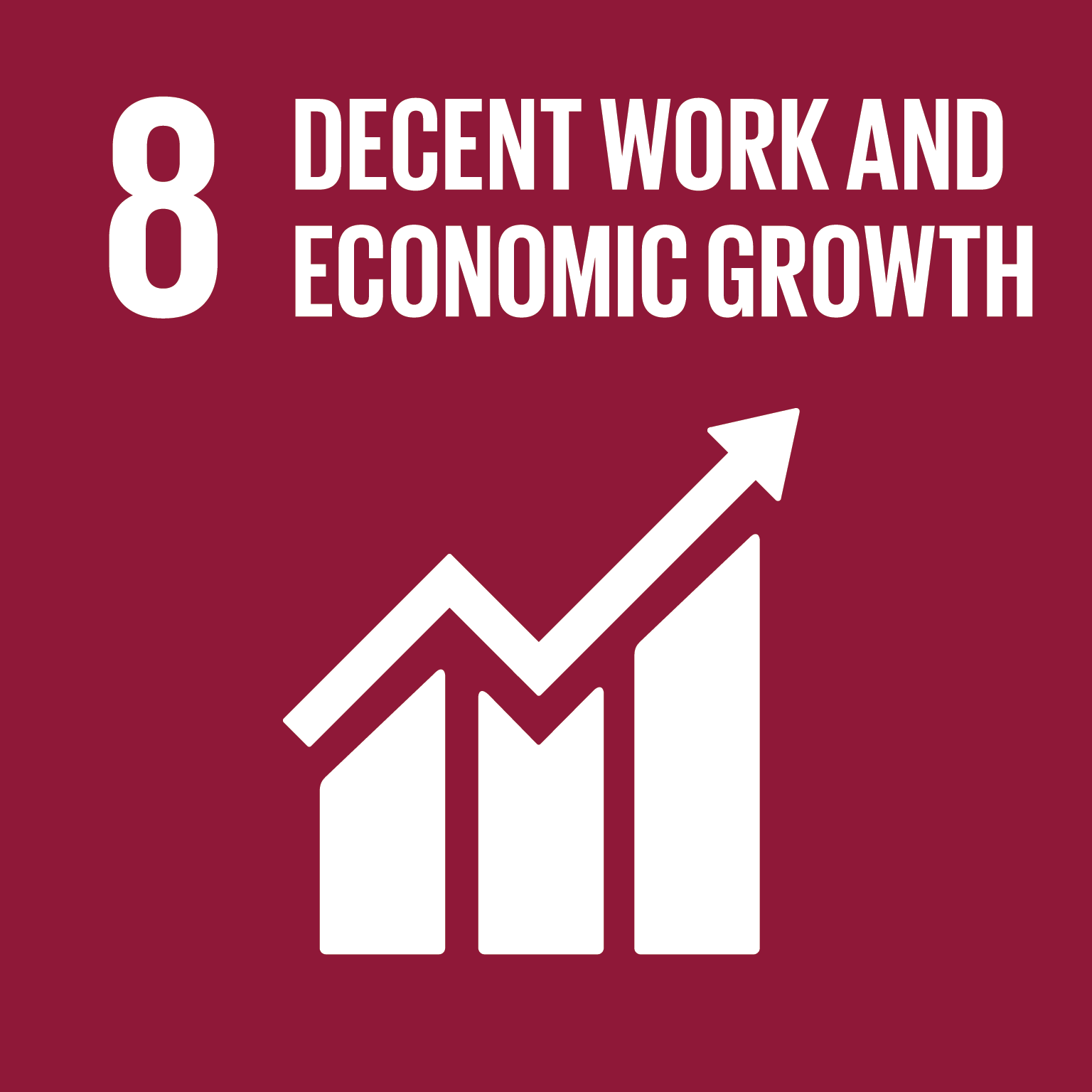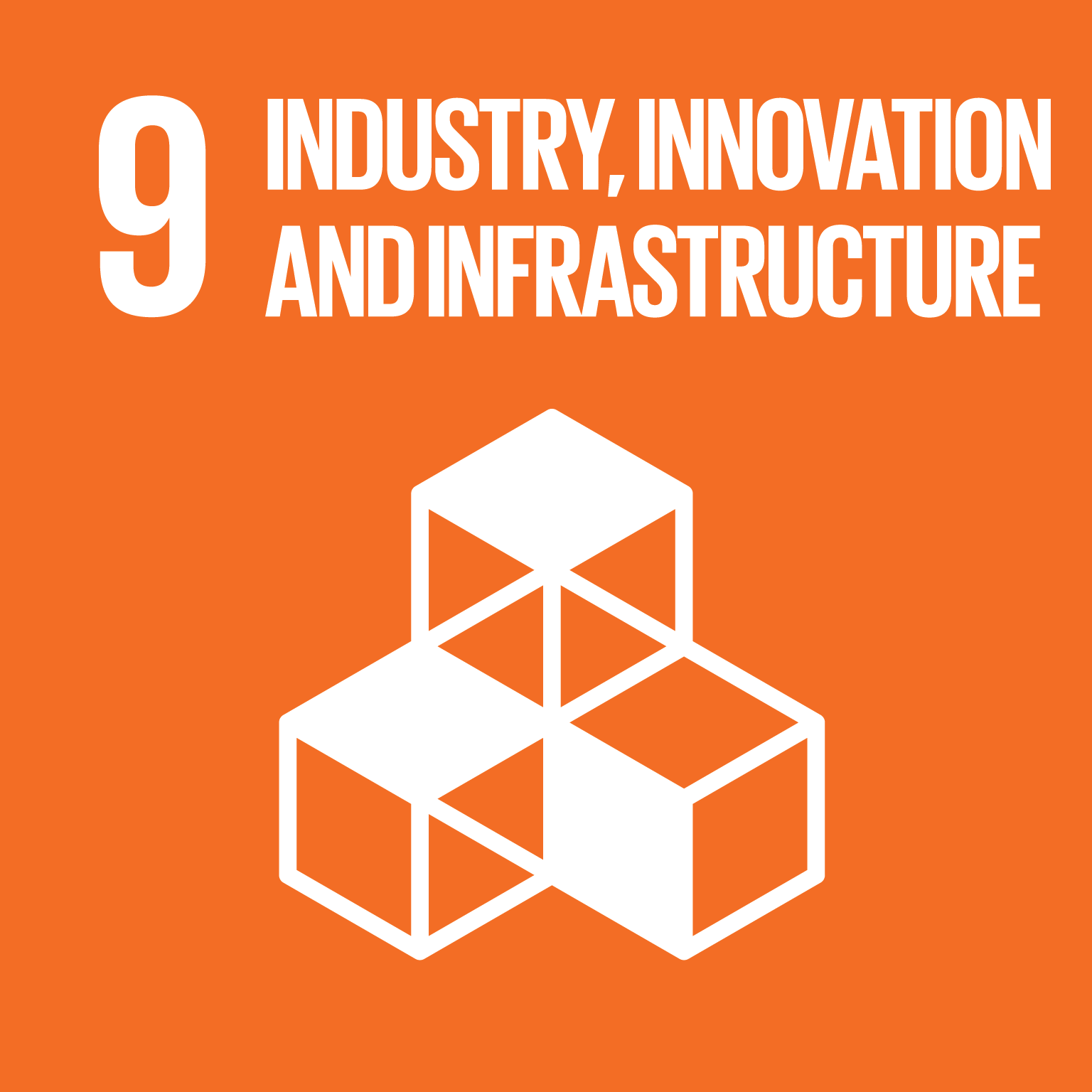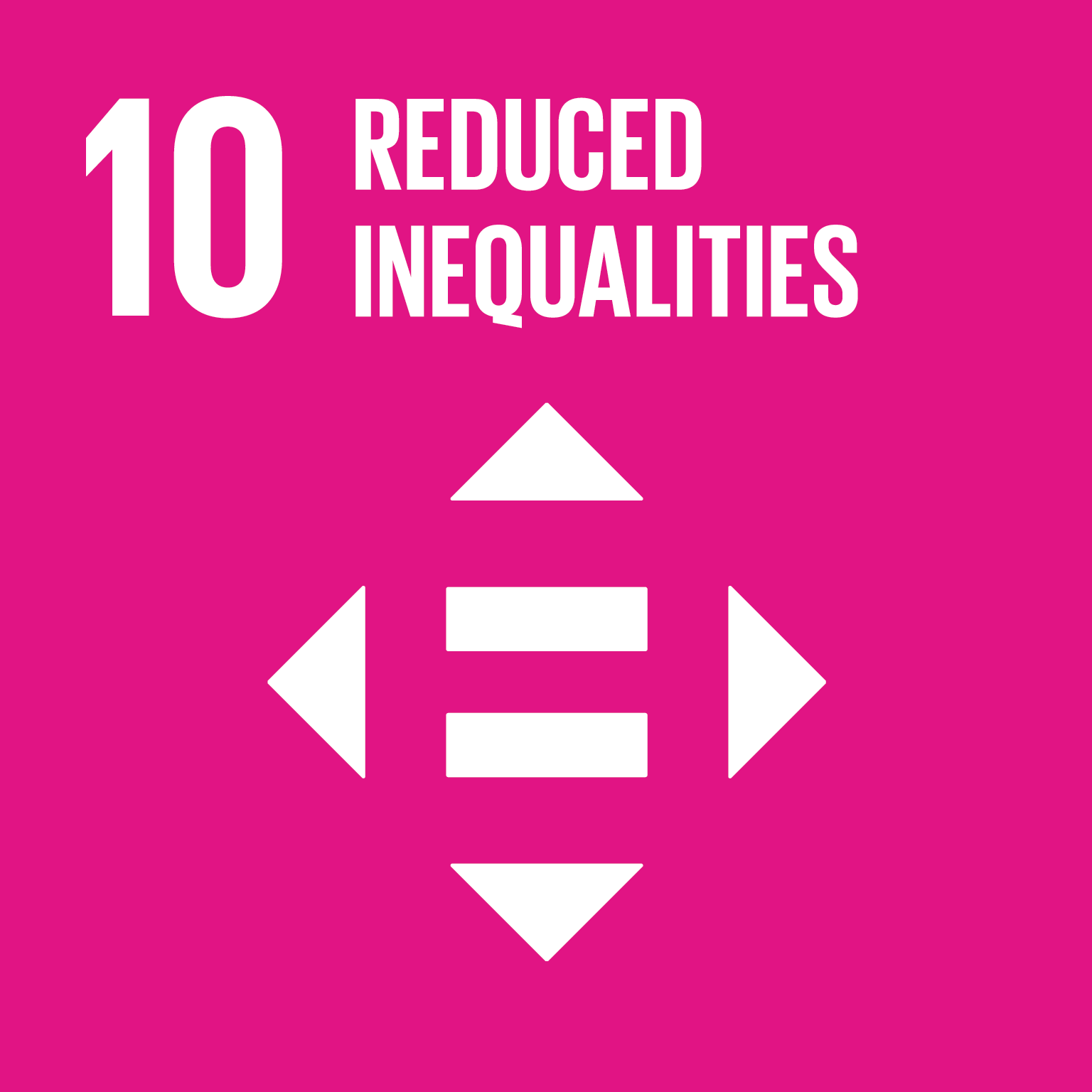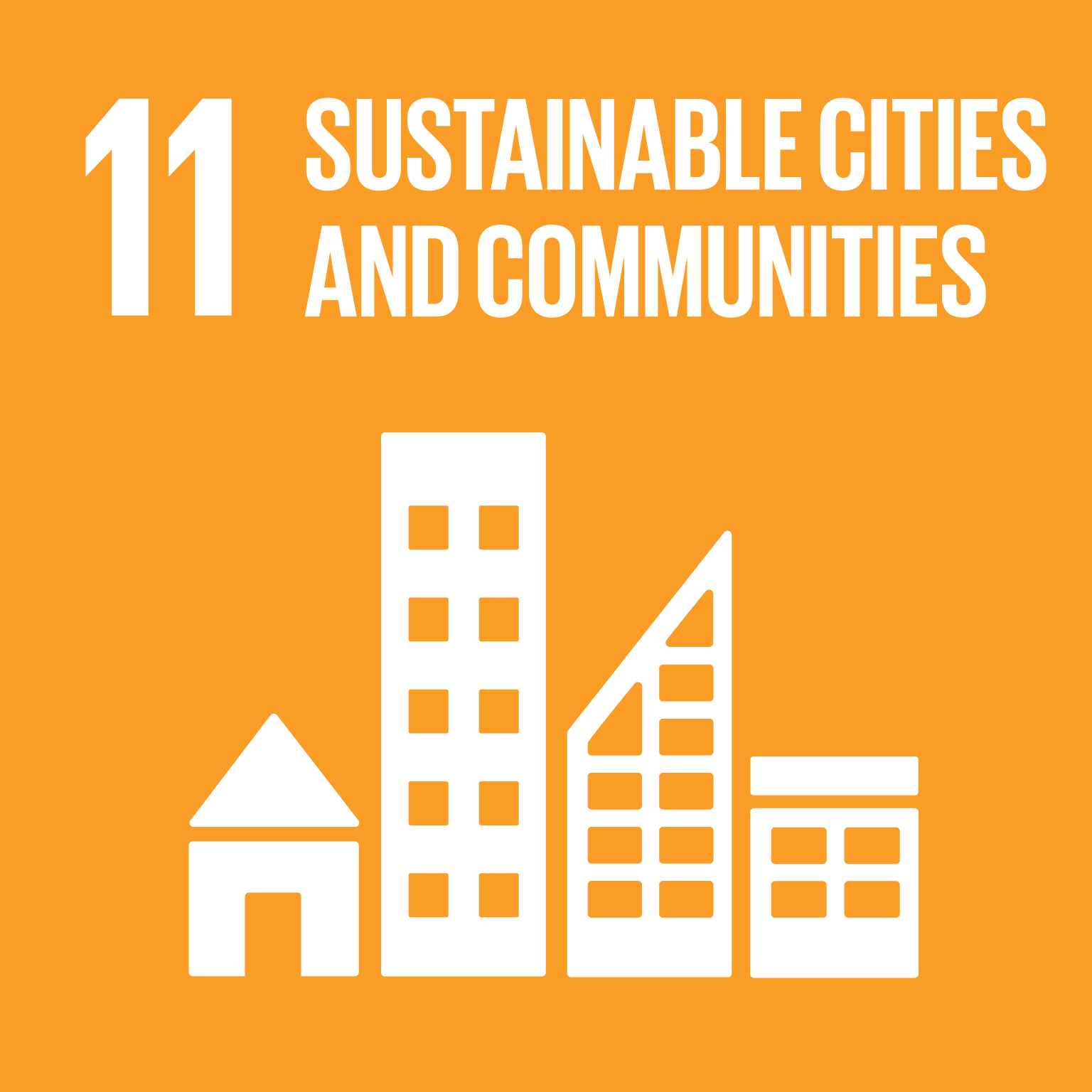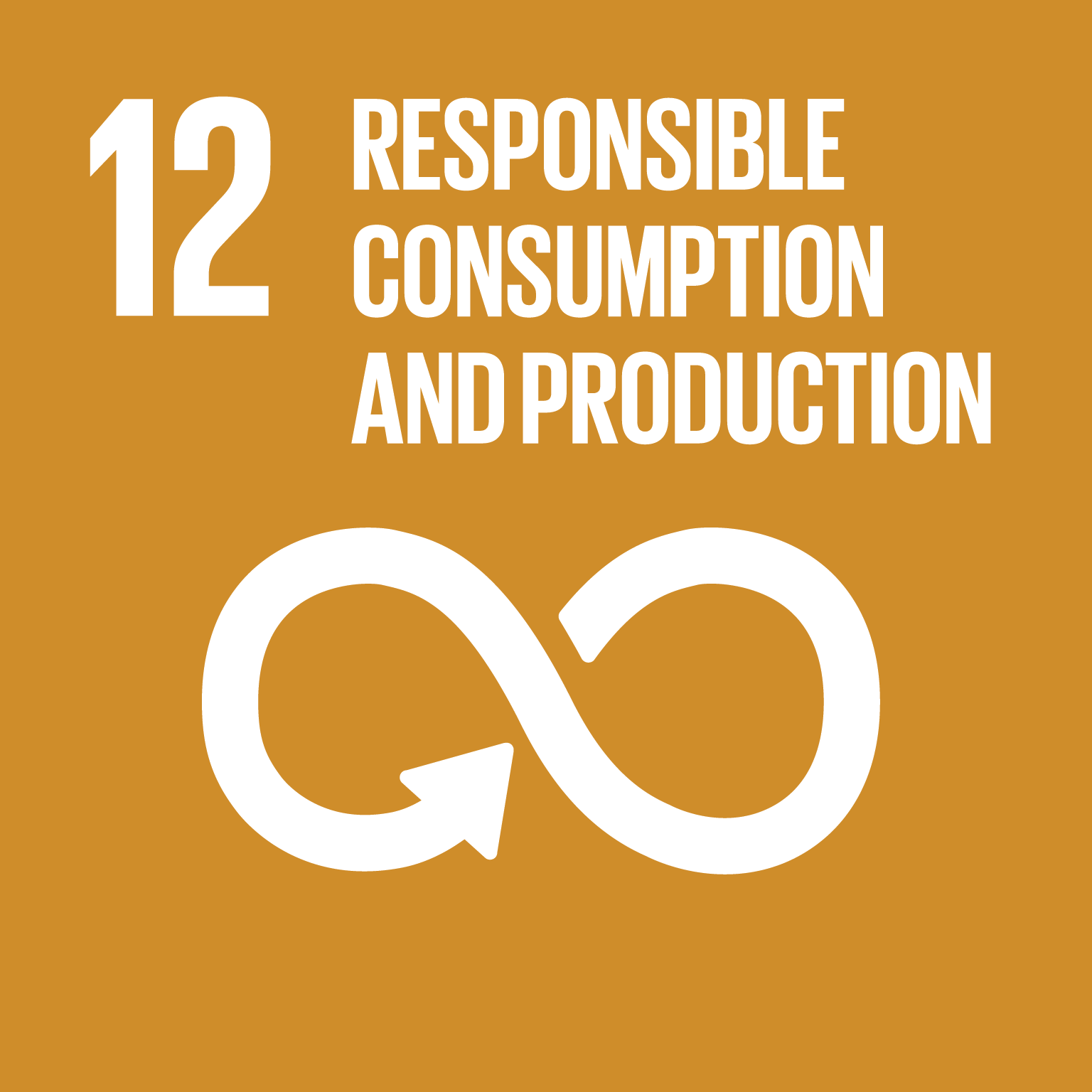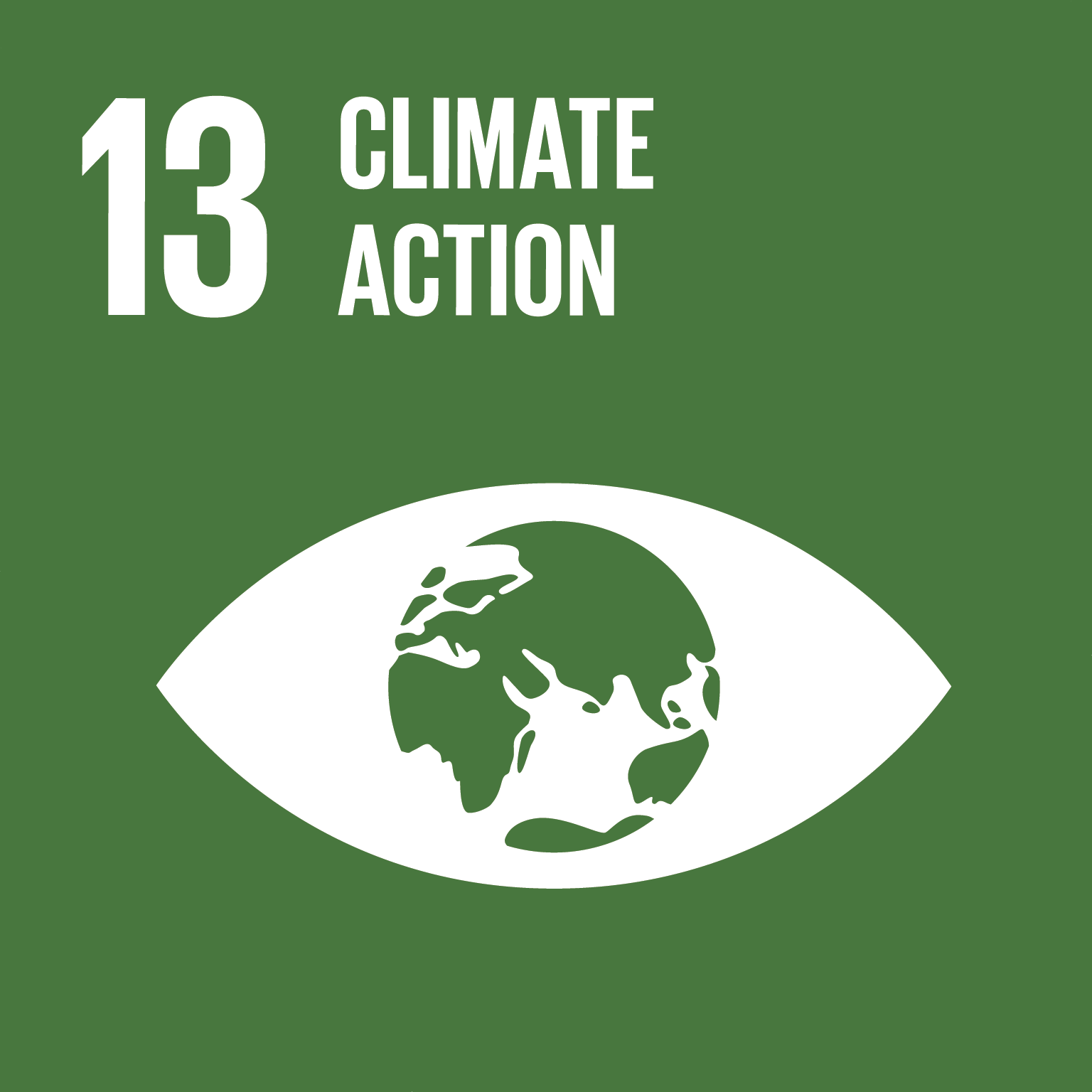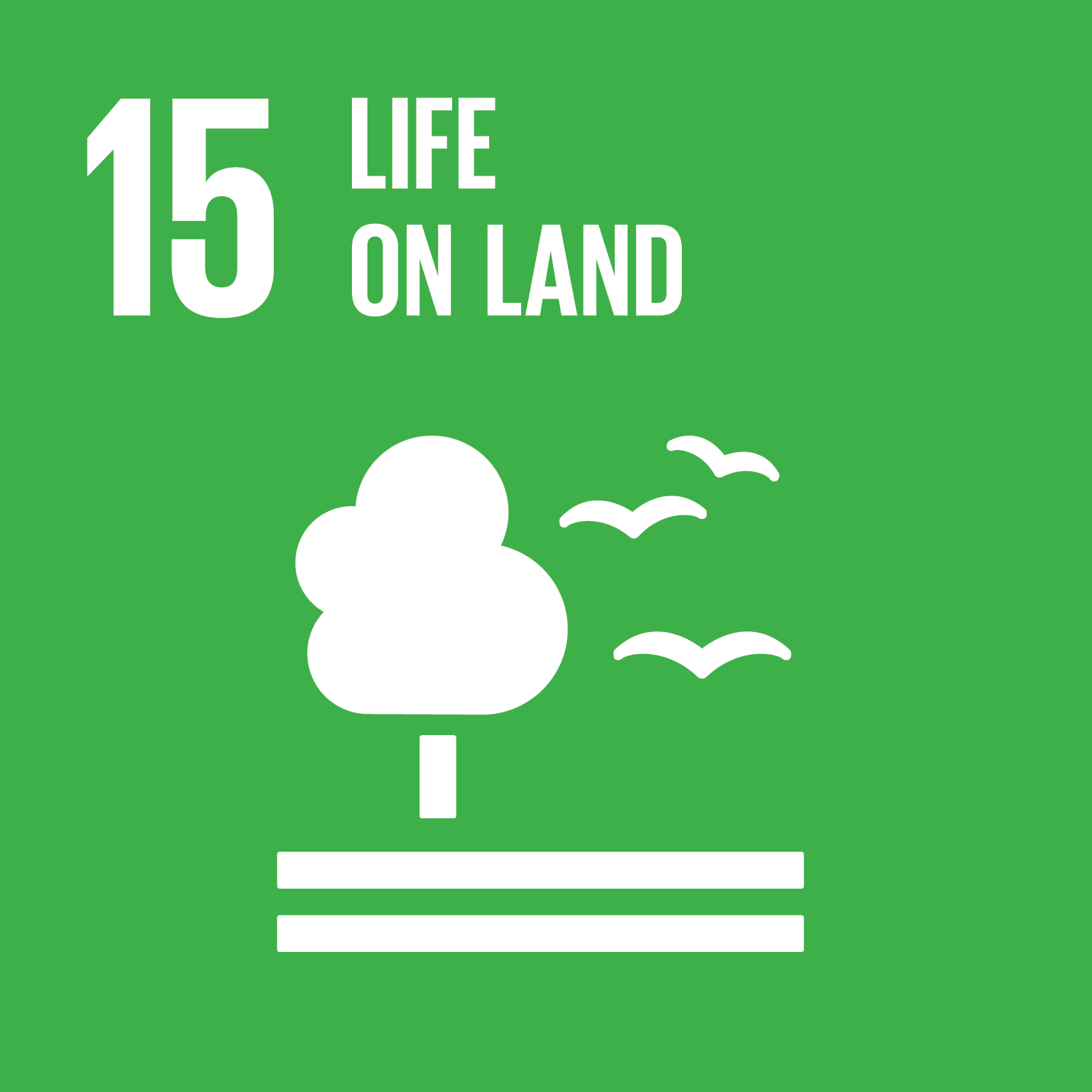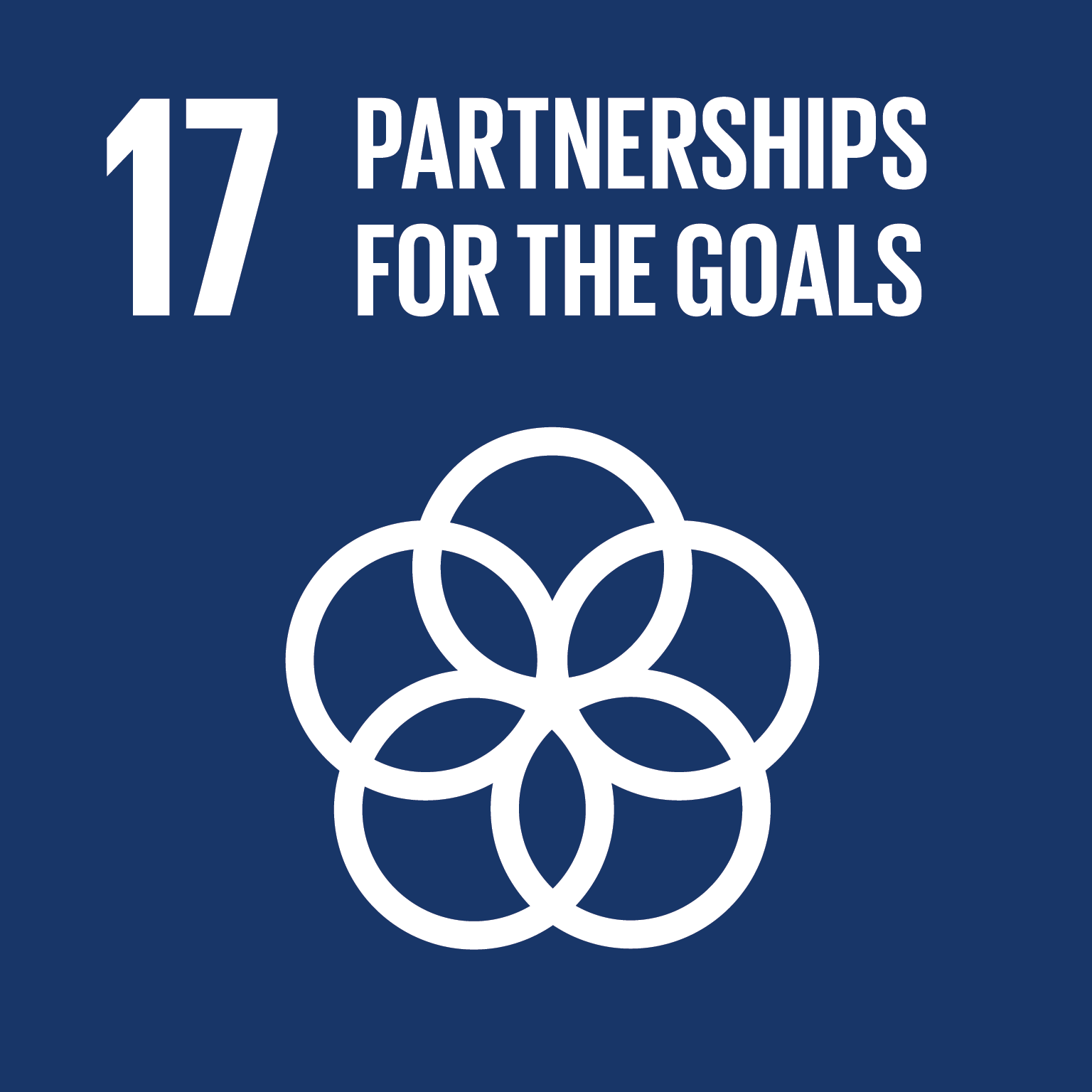Sustainable Development Goals - Overview
G3: Good Health And Well-Being For People
Ensure healthy lives and promote well-being for all at all ages
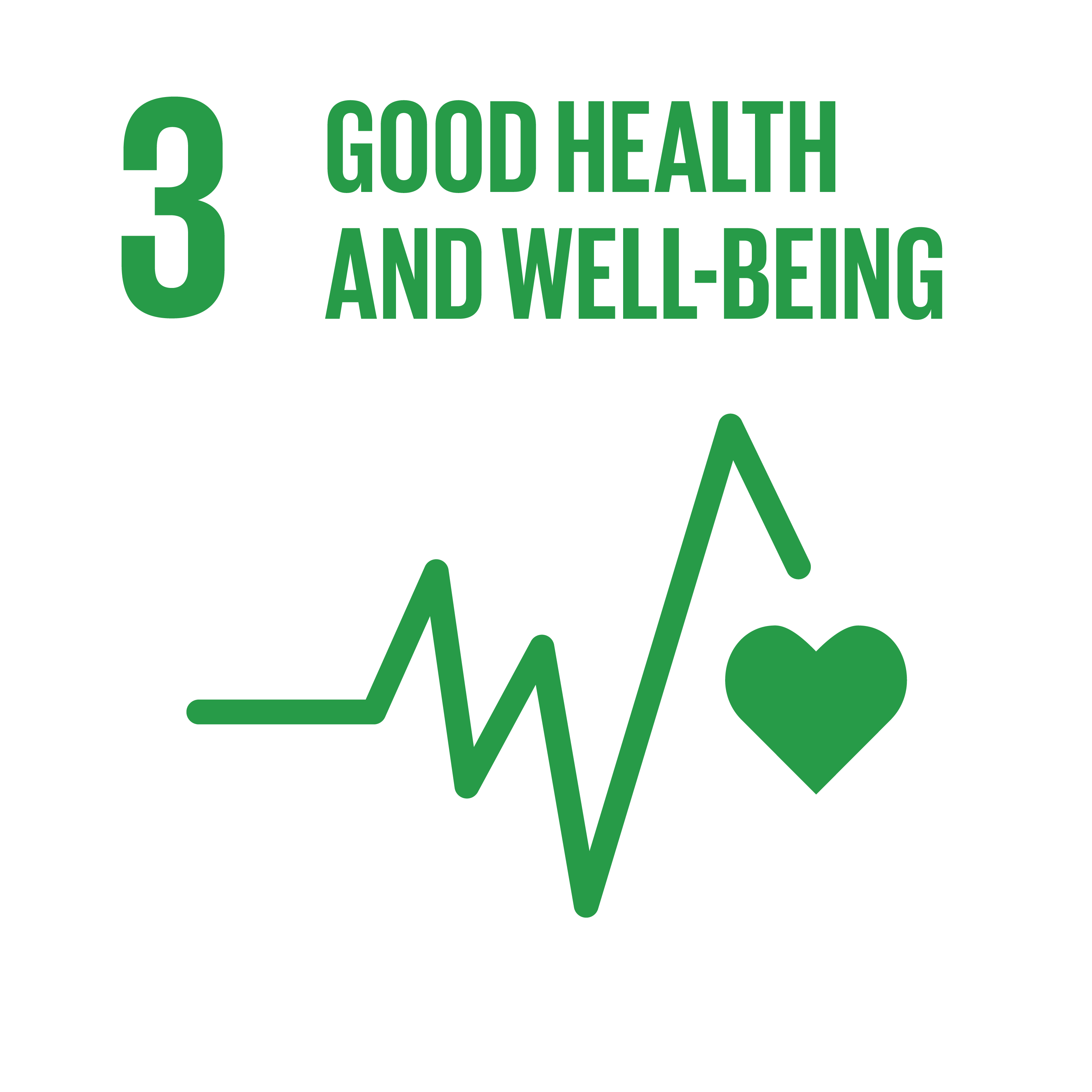
-
Target 3.1: By 2030, reduce the global maternal mortality ratio to less than 70 per 100,000 live births Environmental
-
Indicator 3.1.1: Maternal mortality ratio Environmental
-
Indicator 3.1.2: Proportion of births attended by skilled health personnel Environmental
-
-
Target 3.2: By 2030, end preventable deaths of newborns and children under 5 years of age, with all countries aiming to reduce neonatal mortality to at least as low as 12 per 1,000 live births and under 5 mortality to at least as low as 25 per 1,000 live births Environmental
-
Indicator 3.2.1: Under-five mortality rate Environmental
-
Indicator 3.2.2: Neonatal mortality rate Environmental
-
-
Target 3.3: By 2030, end the epidemics of AIDS, tuberculosis, malaria and neglected tropical diseases and combat hepatitis, water-borne diseases and other communicable diseases Environmental
-
Indicator 3.3.1: Number of new HIV infections per 1,000 uninfected population, by sex, age and key populations Environmental
-
Indicator 3.3.2: Tuberculosis incidence per 100,000 population Environmental
-
Indicator 3.3.3: Malaria incidence per 1,000 population Environmental
-
Indicator 3.3.4: Hepatitis B incidence per 100,000 population Environmental
-
Indicator 3.3.5: Number of people requiring interventions against neglected tropical diseases Environmental
-
-
Target 3.4: By 2030, reduce by one third premature mortality from non-communicable diseases through prevention and treatment and promote mental health and well-being Environmental
-
Indicator 3.4.1: Mortality rate attributed to cardiovascular disease, cancer, diabetes or chronic respiratory disease Environmental
-
Indicator 3.4.2: Suicide mortality rate Environmental
-
-
Target 3.5: Strengthen the prevention and treatment of substance abuse, including narcotic drug abuse and harmful use of alcohol Environmental
-
Indicator 3.5.1: Coverage of treatment interventions (pharmacological, psychosocial and rehabilitation and aftercare services) for substance use disorders Environmental
-
Indicator 3.5.2: Harmful use of alcohol, defined according to the national context as alcohol per capita consumption (aged 15 years and older) within a calendar year in litres of pure alcohol Environmental
-
-
Target 3.6: By 2020, halve the number of global deaths and injuries from road traffic accidents Environmental
-
Indicator 3.6.1: Death rate due to road traffic injuries Environmental
-
-
Target 3.7: By 2030, ensure universal access to sexual and reproductive health-care services, including for family planning, information and education, and the integration of reproductive health into national strategies and programmes Environmental
-
Indicator 3.7.1: Proportion of women of reproductive age (aged 15-49 years) who have their need for family planning satisfied with modern methods Environmental
-
Indicator 3.7.2: Adolescent birth rate (aged 10-14 years; aged 15-19 years) per 1,000 women in that age group Environmental
-
-
Target 3.8: Achieve universal health coverage, including financial risk protection, access to quality essential health-care services and access to safe, effective, quality and affordable essential medicines and vaccines for all Economic
-
Indicator 3.8.1: Coverage of essential health services (defined as the average coverage of essential services based on tracer interventions that include reproductive, maternal, newborn and child health, infectious diseases, non-communicable diseases and service capacity and access, among the general and the most disadvantaged population) Environmental
-
Indicator 3.8.2: Proportion of population with large household expenditures on health as a share of total household expenditure or income Economic Environmental Governmental
-
-
Target 3.9: By 2030, substantially reduce the number of deaths and illnesses from hazardous chemicals and air, water and soil pollution and contamination Social
-
Indicator 3.9.1: Mortality rate attributed to household and ambient air pollution Environmental Social
-
Indicator 3.9.2: Mortality rate attributed to unsafe water, unsafe sanitation and lack of hygiene (exposure to unsafe Water, Sanitation and Hygiene for All (WASH) services) Environmental Social
-
Indicator 3.9.3: Mortality rate attributed to unintentional poisoning Environmental
-
-
Target 3.a: Strengthen the implementation of the World Health Organization Framework Convention on Tobacco Control in all countries, as appropriate Economic
-
Indicator 3.a.1: Age-standardized prevalence of current tobacco use among persons aged 15 years and older
-
-
Target 3.b: Support the research and development of vaccines and medicines for the communicable and non-communicable diseases that primarily affect developing countries, provide access to affordable essential medicines and vaccines, in accordance with the Doha Declaration on the TRIPS Agreement and Public Health, which affirms the right of developing countries to use to the full the provisions in the Agreement on Trade-Related Aspects of Intellectual Property Rights regarding flexibilities to protect public health, and, in particular, provide access to medicines for all Environmental
-
Indicator 3.b.1: Proportion of the target population covered by all vaccines included in their national programme Economic Environmental
-
Indicator 3.b.2: Total net official development assistance to medical research and basic health sectors Economic
-
Indicator 3.b.3: Proportion of health facilities that have a core set of relevant essential medicines available and affordable on a sustainable basis Economic Environmental
-
-
Target 3.c: Substantially increase health financing and the recruitment, development, training and retention of the health workforce in developing countries, especially in least developed countries and small island developing States Economic Environmental
-
Indicator 3.c.1: Health worker density and distribution Environmental
-
-
Target 3.d: Strengthen the capacity of all countries, in particular developing countries, for early warning, risk reduction and management of national and global health risks Economic Environmental International Cooperation
-
Indicator 3.d.1: International Health Regulations (IHR) capacity and health emergency preparedness Environmental
-
Goals
-
Goal 6.2: Increase access to affordable and quality healthcare.
Strong Aspiration 6. Moonshot 6: Af
Targets
-
Target 6.1.9: Africa contributes at least 10% to the global scientific research output; at least 50% of the research output translates into innovation and production.
Weak -
Target 6.2.1: Increase access to quality primary healthcare services to at least 40%.
Strong Strong Strong Weak -
Target 6.2.2: Reduce maternal mortality rate to 175 deaths per 100,000 live births.
Strong Strong -
Target 6.2.5: Reduce malaria incidence by 20%, infectious respiratory diseases by 50%, and other communicable diseases by 55%.
Strong -
Target 6.2.6: Reduce the incidence of new HIV infections by 10% and increase to 100% antiretroviral coverage among people living with HIV including children.
Strong -
Target 6.2.7: Reduce the death rate from traffic accidents by 50%.
Strong
Indicators
-
Indicator 57: Proportion of the population with access to quality basic health care systems and services.
Strong Weak -
Indicator 58: Maternal mortality ratio.
Strong Weak -
Indicator 61: Malaria incidence per 1,000 per year.
Strong -
Indicator 62: Incidence of TB per 100,000 population.
Strong -
Indicator 63: Number of new HIV infections per 1,000 population.
Strong -
Indicator 64: Percentage of eligible population with HIV having access to Anti-Retroviral Treatment.
Strong -
Indicator 65: Number of deaths from traffic accidents.
Strong -
Indicator 59: Under five mortality rate.
Strong -
Indicator 60: Neo-natal mortality rate.
Strong
Goals
-
Goal 1: Investing in people in least developed countries: eradicating poverty and building capacity to leave no one behind.
Strong Universal soci Achieving univ Achieving gend Population and Investing in y Water, sanitat Urbanization a Migration and Good and effec Building and s -
Goal 5: Addressing climate change, environmental degradation, recovery from the COVID-19 pandemic and building resilience against future shocks for risk-informed sustainable development.
Weak Building susta Climate adapta Access to fina
Targets
-
Target 1.03.04: Ensure universal access to sexual and reproductive health and reproductive rights, as agreed in accordance with the Programme of Action of the International Conference on Population and Development and the Beijing Platform for Action and the outcome documents of their review conferences..
Strong -
Target 1.04.01: Achieve universal health coverage, including financial risk protection, access to quality essential health-care services and nutrition, and access to safe, effective, quality and affordable essential medicines, diagnostics, vaccines and other health technologies for all..
Strong Weak Weak Weak Weak -
Target 1.04.02: Reduce maternal deaths and eliminate preventable maternal, infant and child deaths and improve access to affordable quality health-care services..
Strong Strong -
Target 1.04.03: Ensure birth registration to all newborns in the least developed countries and provide a national legal identity to them..
Weak -
Target 5.01.03: Promote and encourage technology transfer on mutually agreed terms to increase production capacities of the entire supply chain of vaccines and any other health products in the regions of least developed countries..
Strong -
Target 5.01.04: Support the supply and conservation environment, and the distribution and administration and surveillance of vaccines..
Strong -
Target 5.01.08: Promote the building of strong health systems and regulatory authorities that ensure universal access to health care in the least developed countries to address current and future shocks..
Strong Strong Strong -
Target 5.03.03: Increase climate finance provided for adaptation and resilience, in particular for vulnerable countries, including least developed countries..
Weak
Indicators
-
Indicator 1.04.01.01: Coverage of essential health services.
Strong -
Indicator 1.04.01.02: Proportion of population with large household expenditures on health as a share of total household expenditure or income.
Strong -
Indicator 1.04.02.01: Maternal mortality ratio.
Strong -
Indicator 1.04.02.02: Proportion of births attended by skilled health personnel.
Strong -
Indicator 1.04.02.03: Under‑5 mortality rate.
Strong -
Indicator 1.04.02.04: Neonatal mortality rate.
Strong -
Indicator 5.01.01.02: Persons vaccinated last dose per100 population.
Strong -
Indicator 5.01.03.01: Total net official development assistance to medical research and basic health sectors.
Strong -
Indicator 5.01.04.01: Proportion of the target population covered by all vaccines included in their national Programme.
Strong -
Indicator 5.01.07.01: International Health Regulations (IHR) capacity and health emergency preparedness.
Strong
Goals
-
Goal 4: Enhancing adaptive capacity, strengthening resilience and reducing vulnerability to climate change and disasters.
Weak -
Goal 5: Means of implementation.
Weak
Targets
-
Target 1.03.05: Strengthen or establish centres of science, technology and innovation, especially on research and development to promote local innovations, research, design and development, including in emerging technologies, and enhance digital literacy and proficiency, including in advanced analytics, artificial intelligence, and automation technologies, to harness opportunities and optimize the use of new and emerging technology..
Weak -
Target 4.02.04: Support and reinforce, as appropriate, the existing comprehensive multi-hazard early warning systems and comprehensive multi-hazard crisis mitigation and resilience-building measures for landlocked developing countries..
Strong
Indicators
- No alignments!

